The Picture of Dorian Gray begins on an unadorned note. Sarah Snook sits alone on an otherwise empty stage, facing a camera which projects her image on to a giant vertical screen. Chameleon-like, she switches instantaneously between two characters: the awkward but sincere painter Basil and his more debonair – and dastardly – friend Lord Henry.
Snook may be Australian and a woman, but borne on her considerable gifts we are transported to Victorian England. With no props save a paintbrush for Basil and a cigarette for Lord Henry, Snook chops and changes between the two men: she contorts her face into nervy, painful subservience for Basil and her voice into a high, febrile whine. She then smooths that same face out again for Lord Henry, while slowing down her speech to a low, languid bass.
It’s extraordinary – and gripping. Over the next two hours of Kip Williams’s kinetic adaptation of Oscar Wilde’s 1890 novel, Snook plays no fewer than 26 characters. These range from minor players (an aristocratic aunt; a compromised chemist) to a wisecracking narrator and Dorian himself.
Aided by an army of stagehands and videographers dressed in black, Snook changes costume as she acts, whisks between cameras (hand-held, rigged, on a tripod) that transmit her performing, and even films herself live. In some of the more “how did they do it?” moments, pre-recorded versions of Snook in character interact in real time with Snook live on stage (credit to video designer David Bergman). The result is a play that is as much about endurance, athleticism and our addiction to technology as it is about its source material.
Not only does Snook effortlessly shape-shift, but she gives a physically demanding performance
Most people already know the broad strokes of The Picture of Dorian Gray – it’s about a young man who so values his looks that he makes a wish that his painted portrait age instead of him. In Wilde’s Gothic fantasy that wish comes true: while Dorian stays ever youthful and gorgeous, his depiction on canvas – sequestered away from the world – not only ages but bears the marks of his life of hedonism and sin, becoming ever more grotesque. Aiding him in his journey is Lord Henry, who is eager to corrupt his young and impressionable friend.
Williams’s adaptation premiered at the Sydney Theatre Company, where he is artistic director, in 2020 to rave reviews, with actress Eryn-Jean Norvill at the helm. While Norvill remains credited as dramaturge and creative associate, she was replaced by Snook – who has more megawatt drawing power thanks to her four-season turn as Shiv Roy in Succession – in London’s West End. Now, she’s on Broadway.
The shift from Norvill to Snook was presumably mercenary; TV and movie stars sell tickets and Broadway, for better or worse, is full of them. But Snook, who won an Olivier Award for her performance, lives up to the hype. Not only does she effortlessly shape-shift, she gives the most physically demanding theatrical performance I have ever seen.
For two hours straight, Snook vibrates on stage, talking non-stop while adroitly handling the increasingly complicated technical requirements put on her. The result is a bit like watching Cirque du Soleil: she’s walking a theatrical tightrope and a large part of the thrill is wondering how she stays airborne without stumbling. (To prepare, she cut out alcohol and caffeine and practiced her lines on a treadmill, borrowing a strategy from Taylor Swift.)
While this production nods to the book’s Victorian roots with luscious costumes by Marg Horwell (Lord Henry, for one, dons a handsome dusty-pink smoking jacket), Snook’s performance feels startlingly contemporary. Williams has rightly ascertained that Wilde’s moral tale speaks for today’s self-aggrandizing, narcissistic, personal-brand-focused society.
In his Faustian pact, Dorian decides that the angelic face he presents to society is more important than the consequences of his actions. Today, influencers (and to some extent ordinary people) sell their “perfection” online, relegating the messiness of daily life to off-camera action. It’s not only dishonest, it’s deeply damaging, something that Williams homes in on.
As the story accelerates into opium dens, murder and terror, the production can’t keep up
Nowhere is this more apparent than in a scene in which Dorian poses in front of a smartphone, staring lovingly at his own face, which is then broadcast garishly on an enormous screen. In real time, Snook, as Dorian, uses filters to switch between her real face – replete with lines, sweat and pores (in other words, replete with life lived) – to what is known as “Instagram face,” where an app smooths out all those flaws. Suddenly, Snook’s (and Dorian’s) lips become plumper, her eyebrows more arched, her skin smoother, her nose more slender, her eyes brighter, her lashes longer and her chin more refined. The change is astonishing – all the more because this isn’t some heightened theatrical trick, but real technology that is now so commonplace as to not even be noteworthy. We’re so used to seeing such filters employed on Instagram that we don’t register their alienness anymore – it takes a show like this to slap you in the face with how silly the whole thing is. And by gosh, The Picture of Dorian Gray plays up to that silliness. To perform Dorian, Snook dons a wig of rigid blond curls and increasingly outlandish outfits (at one point the set, also winningly designed by Horwell, overflows with decadent flowers). She pouts her lips, flutters her eyelids and tosses her head coquettishly. Dorian is utterly doltish.
Those laughs come at a cost. As the story accelerates into opium dens, murder and terror, the production can’t keep up. Part of the consequence of playing Dorian as so utterly absurd is the audience doesn’t really care when he descends into madness. As such, the final third of the play – in which we finally witness Dorian’s downfall – loses its impact. It feels frenzied; its leading character is played as a dimwit who isn’t worth the investment required for a dramatic pay-off.
Other characters also suffer. One of the play’s most hard-hitting moments should be when Dorian cruelly abandons his fiancée Sybil, breaking her heart and causing her to commit suicide. But Snook plays Sybil as such a dithering idiot that, far from condemning Dorian, I would have cut her loose, too. In fact, the only character I truly cared about is Basil, imbued as he is with affectionate vulnerability. He felt real.
Which takes us back to that first, wonderful scene. For all its clever tech I wish more of the play was like the opening, where Snook was given the space to show her raw talent. There’s no doubt that The Picture of Dorian Gray is wildly ambitious. It’s camp, cheeky and fun as well as saucy, farcical and clownish. It’s also admirable – but it lacks soul. Ironically so, given that Dorian has swapped his for a flawless appearance.
Perhaps that is the point. Carefully curated public personas, by definition, keep our real personalities and defects at bay and provide an armor against the world. Dorian keeps his real self – trapped in his portrait – hidden, and so does Williams. In a play obsessed with the many masks we hide behind, Dorian’s painting is the only image that isn’t shown.
In this version of the story, Dorian’s character is never evident beyond caricature, and as the play progresses, the hyperactive pyrotechnics and mania and clever camera turns increasingly stand in for true emotion. It ended up giving me a headache.
There is a thing as just too many screens and too much tech, in theater, as in real life. Even if, in the 21st century, that’s sometimes hard to admit.
This article was originally published in The Spectator’s June 2025 World edition.



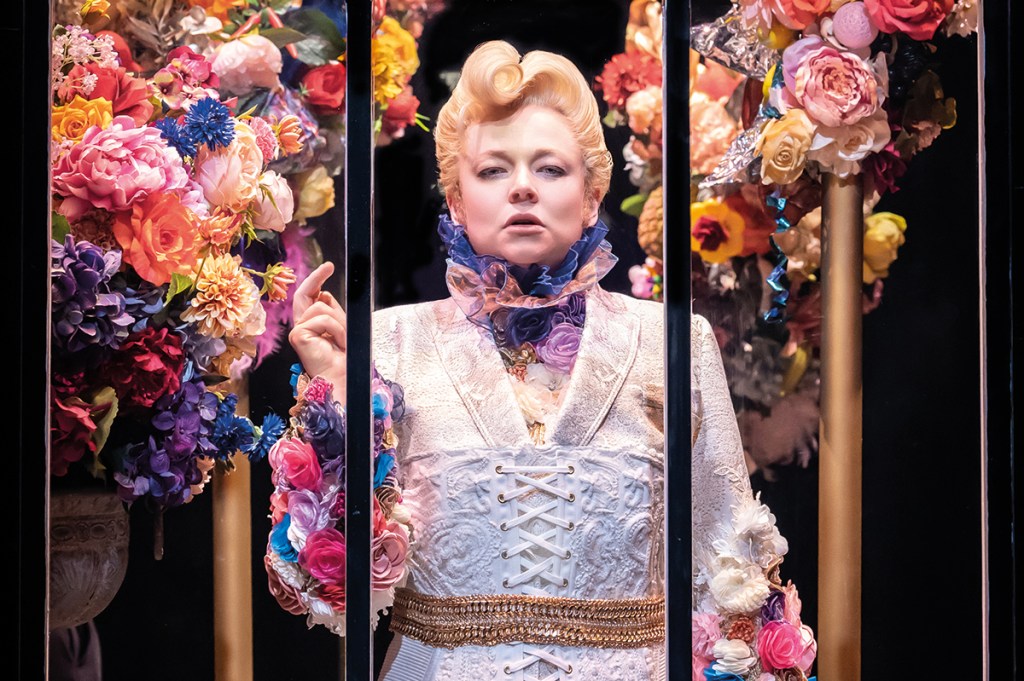


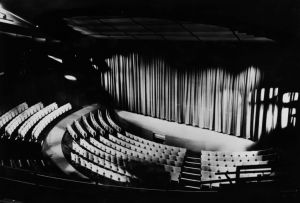
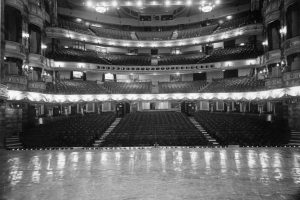

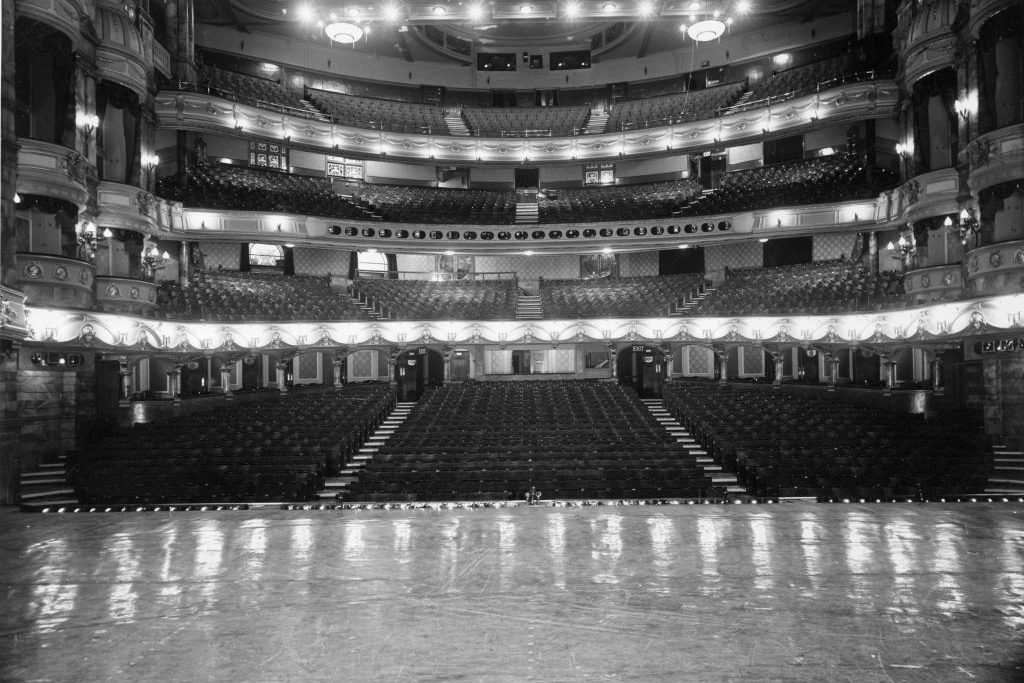
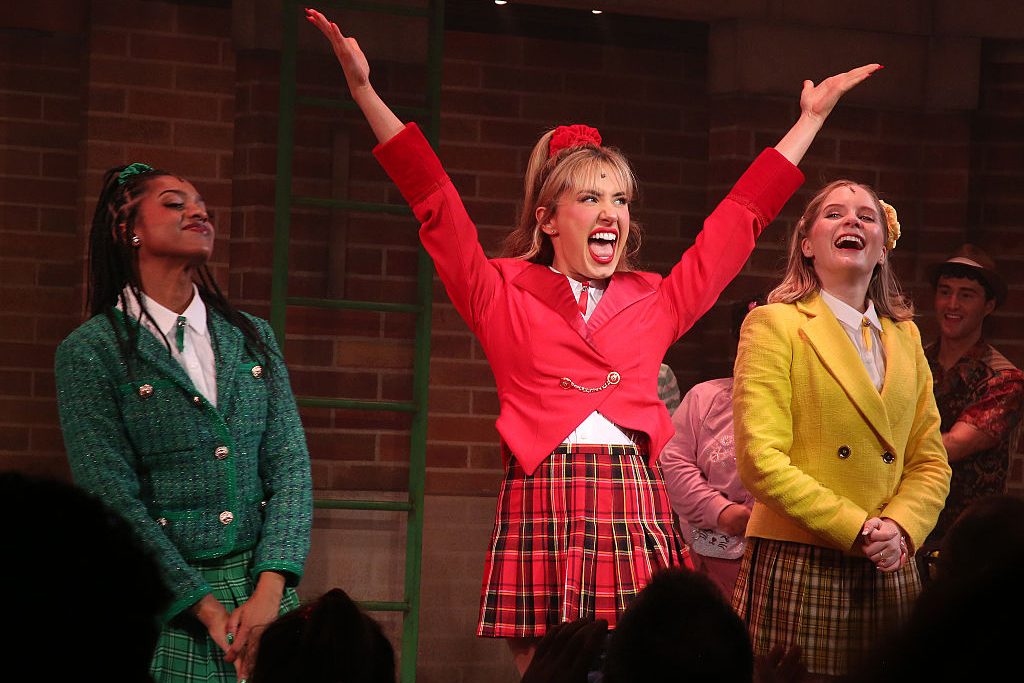
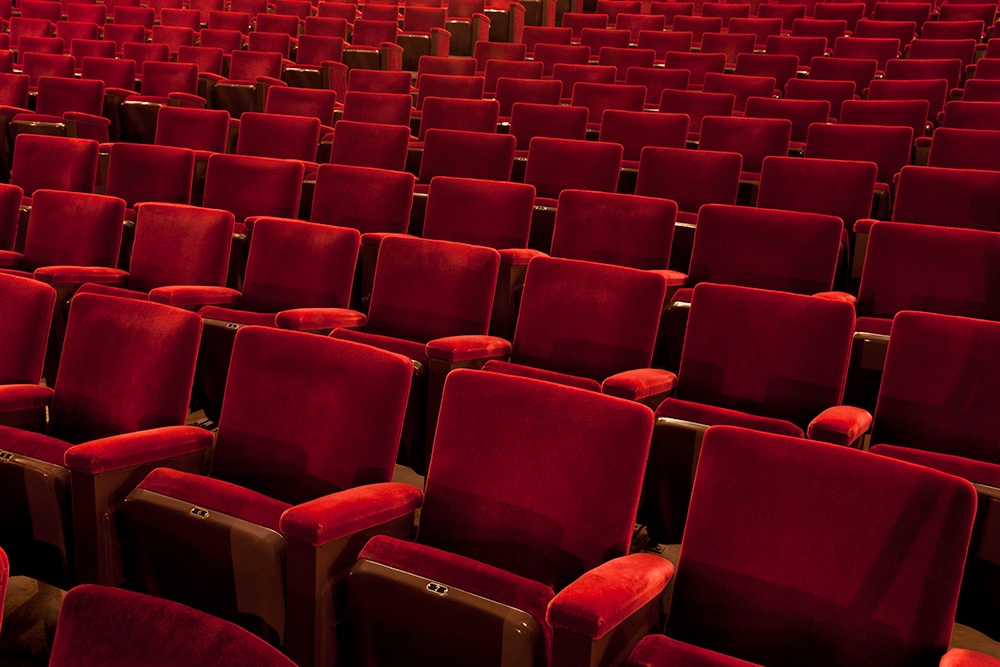
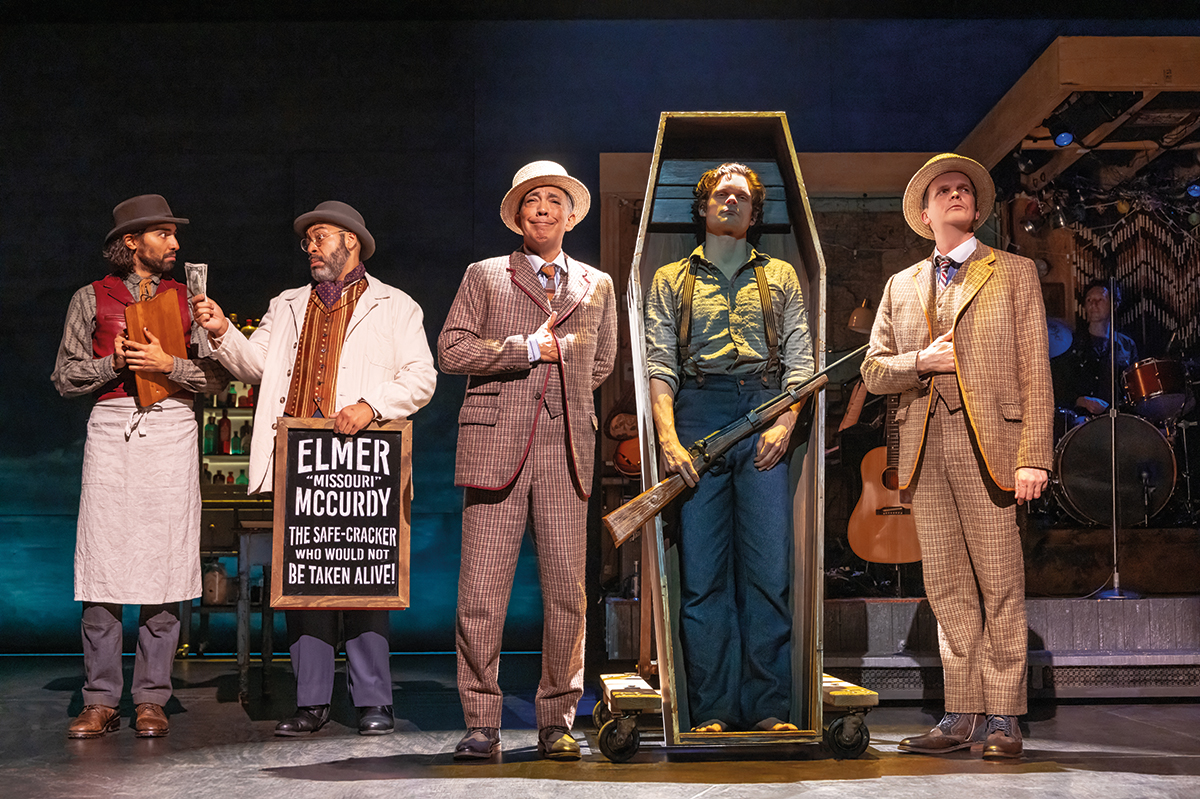
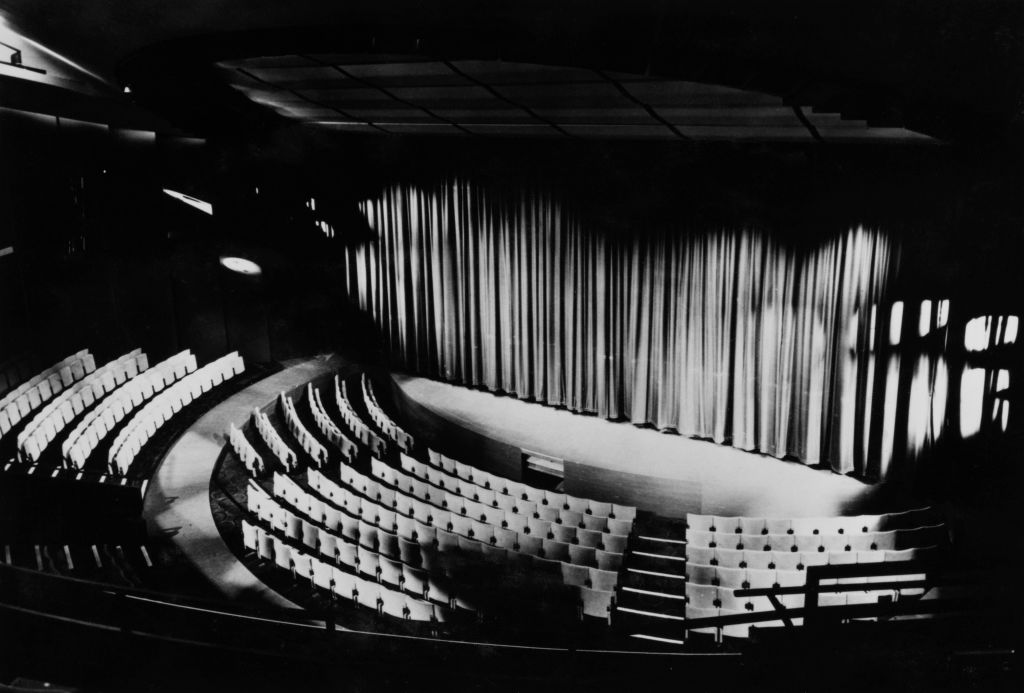
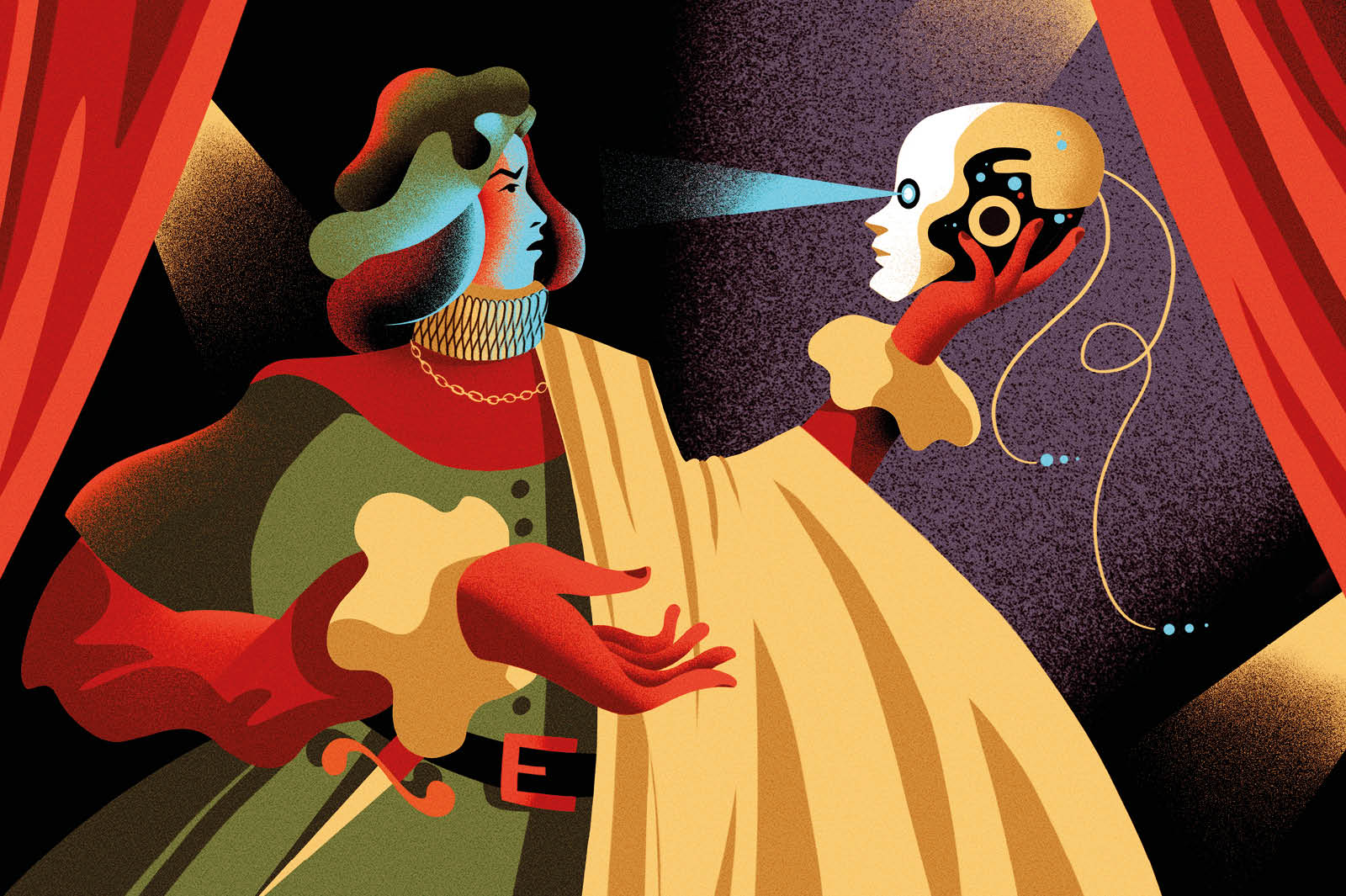







Leave a Reply